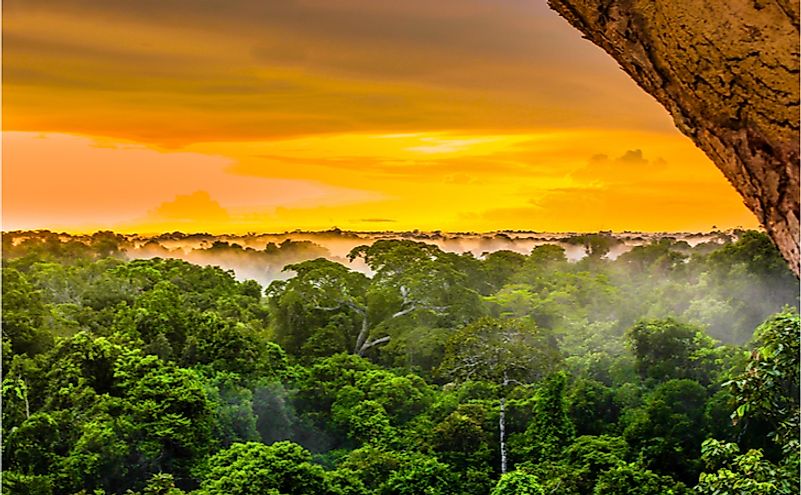5 Interesting Facts About The Blond Capuchin, A Critically Endangered Species

Blond capuchin is one of the monkey species in the capuchin group of monkeys. The species is categorized as critically endangered. It is endemic to the northeastern part of Brazil in states such as Alagoas, Pernambuco, and Paraiba. The blond capuchin monkeys were re-discovered in 2006 in two forest fragments in Paraiba in Gargau Reserve and Camaratuba Experimental Station. The following are some of the interesting facts about blond capuchin monkeys.
They got their name from Capuchin Friars
Matteo de Bascio was a monk of the Franciscan order who in 1525 broke from the traditional order. He aimed to revert to the way of St. Francis and lead a stricter hermit life. He established a new order known as Friars Minor Capuchin, and the members were known as Capuchin monks. These monks wore cappuccino, which is a pointed brown hood. When the European explorers found the capuchins in the new world’s forests, they thought the hood-like tufts of brown hair of these monkeys were very similar to the cappuccinos of the Capuchin friars, and they were named after them.
They were re-discovered after 350 years
Georg Marcgrave published a description of blond capuchin monkeys in 1648. Since he did not collect the specimen, the identity of his description remained a mystery for more than three and a half centuries. In 2006, the monkey that Macgrave had described way back in 1648 was discovered by scientists in the wild. The blond capuchin is scientifically known as Sapajus flavius
Skilled in using tools
Blond capuchins are skilled in using tools, but not only blond capuchin monkeys. All other capuchin species can use tools too. They are the first known non-ape primates which have been observed in the wild using tools. Chimpanzees also use simple tools. Capuchin monkeys can crack nuts using a hammer-like rock. They have been observed fishing for termites using a unique technique which includes using a stick in a rotating manner and they also tap the nests for termites.
Numbers in the wild
IUCN lists blond capuchin monkeys as critically endangered, and there are believed to be only 180 individuals in the wild. Blond capuchins are hunted for food and trapped to be kept as pets. Loss of their habitat which has been converted into sugarcane farms has been one of the threats.
Behavior
Blond capuchin monkeys are arboreal primates that inhabit the mid and lower-canopy of forests. They are very social animals and active during the day. They live in groups of up to 18 animals with a linear hierarchy. The alpha male occupies the top rank. In the wild, they have an average lifespan of between 15 and 25 years, while in captivity they have lived up to 35 years.
The Brazilian rainforest, home of the blond capuchin, also hosts a plethora of other species. Learn about some of the animals living in the Amazon rainforest here.











